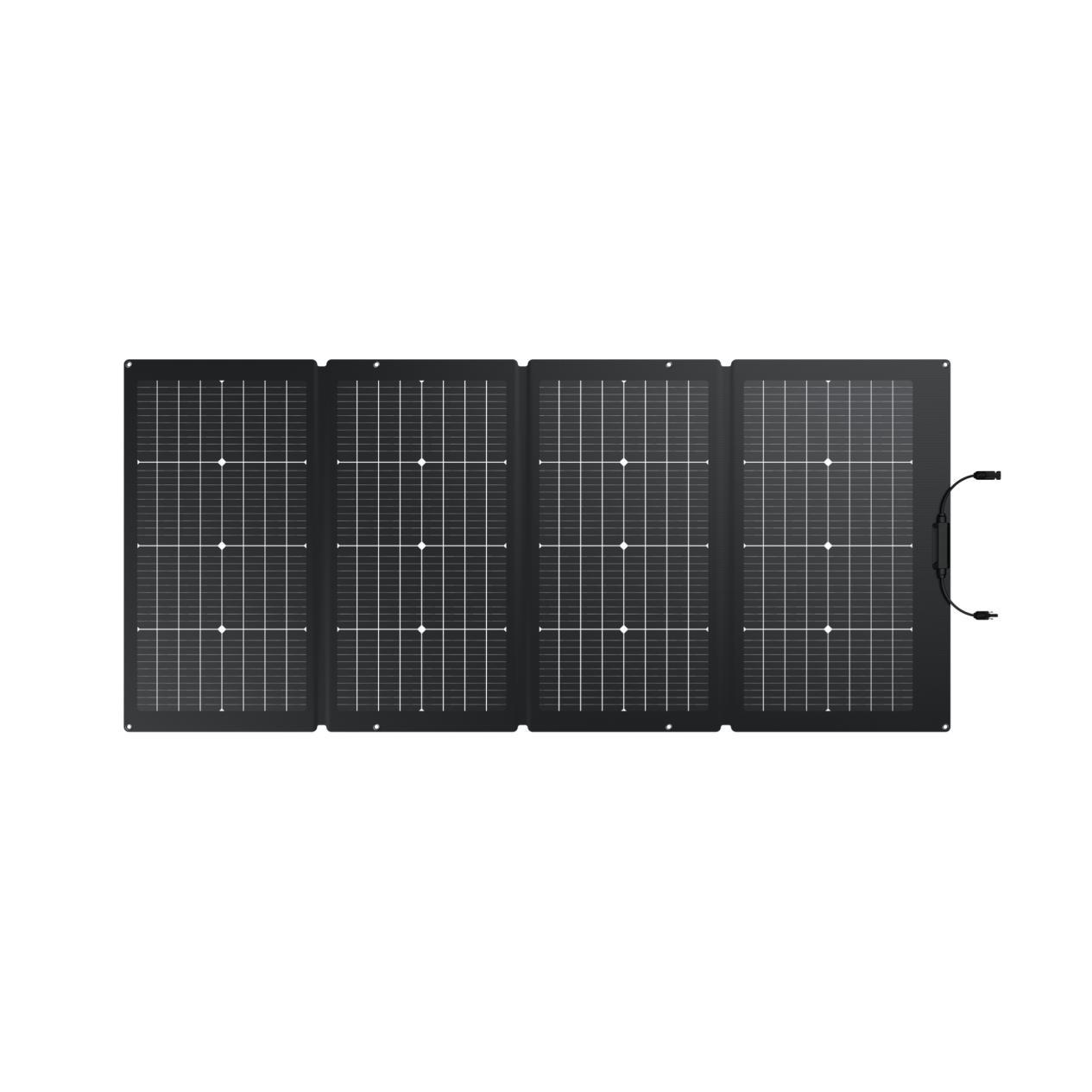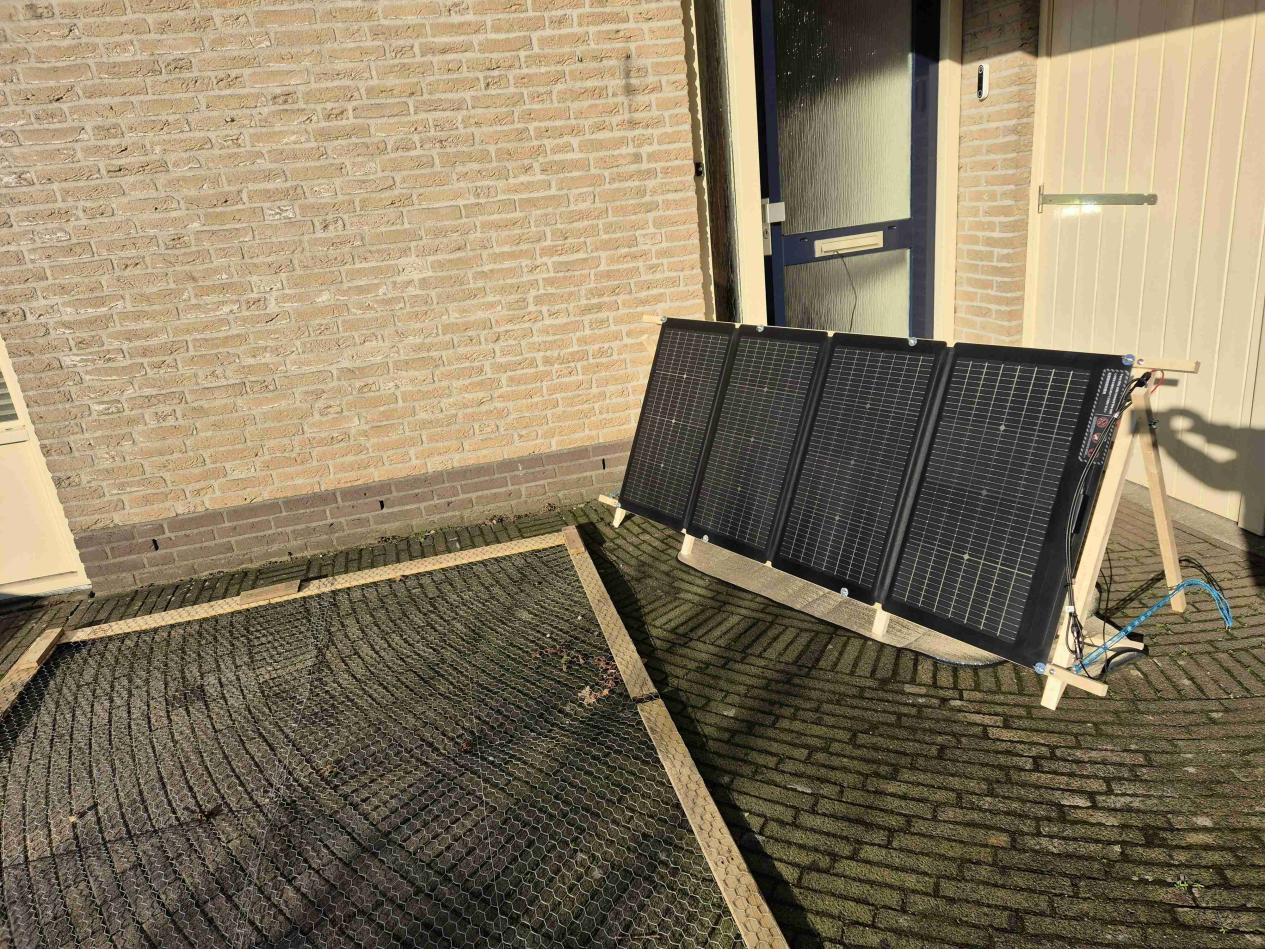How to Choose the Right Types of Solar Panels for Both Style and Performance
- What Are the Main Types of Solar Panels Available Today?
- How Well Do Different Types of Solar Panels Actually Perform?
- Which Solar Panels Look Best on Modern Homes?
- When Should You Choose Thin, Light, or Flexible Solar Panels?
- How Can You Match Solar Panel Types to Complex Roofs?
- What’s the Real Benefit of Bifacial and Double-Sided Panels?
- Will the Solar Panels Still Look Good and Work Well Over Time?
- Choose the One That Fits Your Roof, Your Look, and Your Needs
- 5 FAQs About Choosing the Right Solar Panels for Your Needs
Adding solar panels is no longer just about reducing bills. Many homeowners now want solar that looks clean, fits their space, and performs well over time. Choosing the right panel type is the first and often most confusing step.
Different types of solar panels suit different homes. The material, shape, weight, and even color of the panel can change how well it works in your space. This guide helps you compare solar panel types with real-life factors in mind: roof size, design style, efficiency, and installation flexibility. Let’s look at how to make that decision easier.
What Are the Main Types of Solar Panels Available Today?
There are several types of solar panels commonly used in residential settings. These include:
Monocrystalline: Typically black, compact, and highly efficient in small spaces.
Polycrystalline: Usually blue and less expensive, but takes up more space.
Thin-film: Lightweight and flexible, often used on unusual surfaces.
Bifacial: Can collect sunlight from both front and back if installed properly.
Flexible: Can curve in the shape of an RV, tent, or rounded surface.
All these solar panel types serve specific needs. What works for a rural home might not fit an urban balcony or shaded garage roof. That’s why picking the right type matters more than it seems.
How Well Do Different Types of Solar Panels Actually Perform?
Performance depends on how much sunlight your panel can turn into usable electricity. But that number on the spec sheet doesn't tell the whole story.
Some panels perform better in low-light or partial-shade conditions. Others work best in strong, direct sun. Here's a breakdown:
Panel Type | Typical Efficiency Range | Best Use Scenario |
Monocrystalline | 18%–22% | Limited roof space, sunny zones |
Polycrystalline | 15%–17% | Larger roof areas, budget focus |
Thin-film | 10%–13% | Lightweight needs, low profile |
Bifacial | 17%–20% (higher with ground reflectivity) | Open areas with reflected light |
In real-world terms, a small roof may need high-efficiency panels to make the most of each square foot. A carport or garden trellis might do better with lightweight, lower-profile options. The best solar panel type for performance depends on where and how you use it.


Which Solar Panels Look Best on Modern Homes?
Not every homeowner wants blue rectangles with a silver frame on their roof. Some prefer a sleeker look that fits modern architecture.
Dark all-black panels blend well with dark roofs. Slim-profile options minimize visibility from the street. Even the way light reflects off the surface can impact curb appeal.
Design-focused users often choose:
Black monocrystalline panels for a minimalist, high-contrast look
Thin-film panels on metal or glass structures where invisibility matters
Frameless edge-to-edge panels for visual uniformity
If style matters as much as performance, include appearance in your comparison of solar panel types. Don’t wait until installation day to think about how it will look from the sidewalk.
When Should You Choose Thin, Light, or Flexible Solar Panels?
Not every space can support heavy rooftop panels. That’s where lighter types of solar panels become essential.
You might need them if:
You live in a mobile home or RV.
Your roof can’t support extra weight.
You want solar on a shed, awning, or curved surface.
You rent and need a no-drill, low-commitment setup.
Flexible solar panels work well when weight and shape are major concerns. They’re easier to move, fold, and reposition. Thin-film models also work in places where space or structure doesn’t allow traditional panels.
If installation is the biggest challenge, go with the panel type that fits your surface.
How Can You Match Solar Panel Types to Complex Roofs?
Smaller homes or complicated roof layouts require more thoughtful planning. The type of panel you use affects how much energy you can get out of limited space.
For complex rooftops, ask:
How many separate planes or angles does the roof have?
Is there enough room to line up panels in rows?
Are there vents, chimneys, or skylights in the way?
In these situations, monocrystalline panels are often preferred. Their smaller size and higher efficiency make them easier to fit into tight or irregular areas.
But if you only need partial coverage or supplemental power, compact thin-film or semi-flexible types of solar panels may offer more freedom. Think of panel type as a tool: pick the one that fits the job, not just the specs.


What’s the Real Benefit of Bifacial and Double-Sided Panels?
Some homeowners are curious about double-sided solar panels. These are usually bifacial panels that capture sunlight from the front and also reflect light from the surface below.
This type works well if:
You mount panels off the ground (like on a pergola or balcony rail).
You have a light-colored surface underneath (like white concrete or reflective gravel).
You want higher energy output without adding more panels.
While bifacial options may cost more upfront, they increase output per panel if installed correctly. This matters when space is limited or shading affects part of your roof during the day.
One example is the EcoFlow NextGen 220W Bifacial Portable Solar Panel, which offers a dual-surface capture design and can generate up to 25% more power in the right conditions. Products like this work best in open areas with minimal shade and plenty of reflected sunlight.
They aren’t for every situation, but for open installations or ground-mounted systems, they deserve serious consideration.
Will the Solar Panels Still Look Good and Work Well Over Time?
Solar is a long-term investment. It should last for years without fading or needing constant cleaning.
Different types of solar panels age differently:
Monocrystalline panels tend to last longest, often 25–30 years.
Thin-film types may degrade faster but work better in heat.
Frame color, glass type, and cell material affect how well they hold up in weather.
Cleaning and maintenance are often overlooked. Panels installed at a good tilt usually stay clean longer. Flat or low-angle panels may need more attention.
Choose a type that fits both your visual expectations and your willingness to maintain it. A good-looking panel that fails after five years won’t be worth it.
Choose the One That Fits Your Roof, Your Look, and Your Needs
Choosing between different types of solar panels isn’t a numbers game. The best option isn’t always the one with the highest efficiency or the lowest cost. It’s the one that matches your space, looks right in your home, and performs consistently in your conditions.
Ask yourself:
- How much roof space do I really have?
- How important is the look of the panels from the street?
- Do I need flexibility in installation or future upgrades?
The right panel type supports both the way you live and the way you use power. Make your decision based on function, fit, and future peace of mind.
5 FAQs About Choosing the Right Solar Panels for Your Needs
Q1: Are solar panels efficient in areas that receive a lot of fog or cloud cover?
Yes, selecting appropriate panels matters. Monocrystalline panels are typically better in low light, and you can count on them more in cloudy or foggy conditions. Where and how you install them also count significantly. In your situation, do not select thin-film panels and consider installing microinverter systems to get perfect output from each panel.
Q2: What if I have limited roof access or live in a multi-unit building?
You have portable solar panels as an option. Some install them on balconies, joint roofs, or decks if permitted by the landlord. Installation is easy, no drilling is required, and condo owners or renters get more options. Always consult the rules in your community or HOA rules prior to installing any solar unit.
Q3: Are certain panel types safer in wildfire-prone or high-heat areas?
Fire-resistant backsheets and heat-resistant materials perform well in places where wildfires are possible. Glass-glass bifacial panels typically possess greater strength and can better withstand heat. In such locations, do not install panels with low-cost plastic framing. Always refer to building codes, and ensure that products possess a UL fire safety rating.
Q4: Do various types of solar panels require various inverters or connectors?
Not all standard home solar panels output the same. For different types, such as bifacial or flexible panels, require special inverters to perform optimally. The types of connectors, such as MC4, are similarly standard for all. But system voltage and current must be compatible. Check compatibility first before purchasing or installing.
Q5: How do I determine which solar panel to install on my own?
Flexible, foldable panels are simplest to install without help if you opt for panels that have kickstands, magnetic mounts, or any easy DIY mounts. Hard rooftop panels, however, require special racks and electrical expertise. For easy installation without a permit, opt for portable solar panels that are semi-permanent and whose power rating is less than 400W.